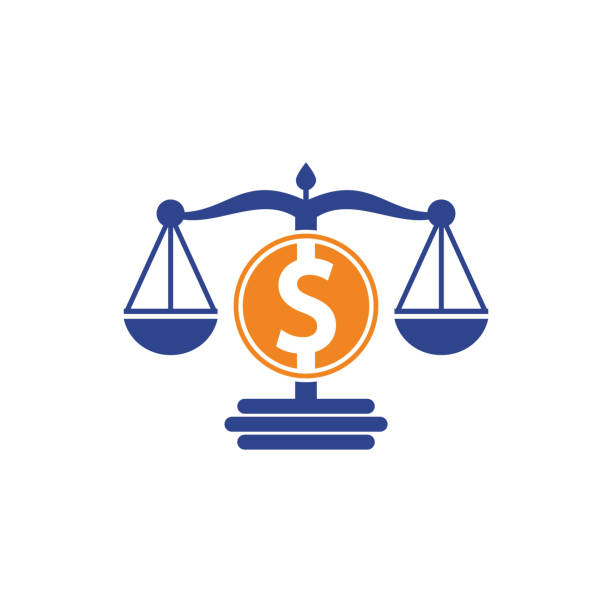Most of us wish we were rich, but financial stability might be even more important. It’s not the inability to buy a mansion that makes people unhappy. Rather, it’s the inability to move beyond living paycheck to paycheck. If you’re not happy with your finances, it’s likely that greater financial stability will have a major impact on your sense of well-being.
Follow these steps and enjoy financial stability in your life.
Understand Your Income and Expenses
Track every cent you spend and make for at least a month. You’ll be surprised where all your money is going. Seek to move in a positive direction with your spending.
• It’s important to know where you are now. List your assets and debts.
• How much can you cut back on your current spending?
• What can you do to increase your income? A little more money each month can add greatly to your financial stability.
Eliminate High-interest Debt
The average interest rate on credit card debt is nearly 25%. That’s higher than the best investor can average in the stock market. High-interest debt is like a hole in your bank account that never stops leaking.
When the high-interest debt has been eliminated, shift your focus to all the other debt that’s still left.
Imagine how much easier your financial situation would be if you didn’t have any debt. It doesn’t require a lot of income to live well if you’re debt-free.
Build an Emergency/Back-up Fund
Experts recommend maintaining an emergency fund worth 3-6 months of expenses. That’s a challenging figure for most people. However, even just $1,000 can remove a lot of financial pressure. This will make the inevitable trip to the emergency room and the unexpected car repair much easier to absorb.
I’m a huge proponent of the EF. Mine has bailed me out a few times.
Save For the Future
Contribute to one or more retirement accounts on a regular basis. Just $100 invested each month can eventually grow to over $100,000 in 30 years. Speak with your human resources department at work. They’re the experts regarding your benefits. If you’re self-employed, you still have several excellent options, too.
A little bit of money can grow into a lot. Avoid becoming discouraged by your current cash flow situation.
Think Before You Purchase
Impulse purchases can have a long-lasting negative impact on your savings and financial stability.
•Set spending limits and stick to them. Before making large purchases, take a few days to think them over. You’ll often find the urge will go away if you can put some space between the urge to spend and the act of pulling out your wallet.
How many big purchases have you made in the past that turned out to be disappointing? It’s a common phenomenon.
Set Goals
Everyone knows that setting goals is important, but hardly anyone does it. Set short-term and long-term goals. Set aside a few minutes each week to review your progress. By reviewing your goals and your progress on a regular basis, you’ll find that achieving them becomes much easier.
Final Word
You can achieve financial stability by making incremental moves in the right direction. Spending less and saving more is the name of the game. Get started today by taking a small, but significant, step. Regardless of your starting point, you can achieve financial stability!
